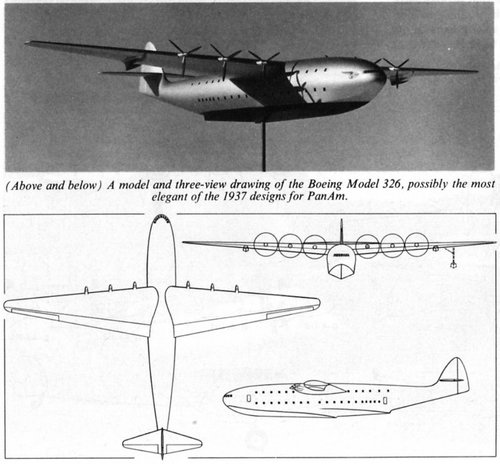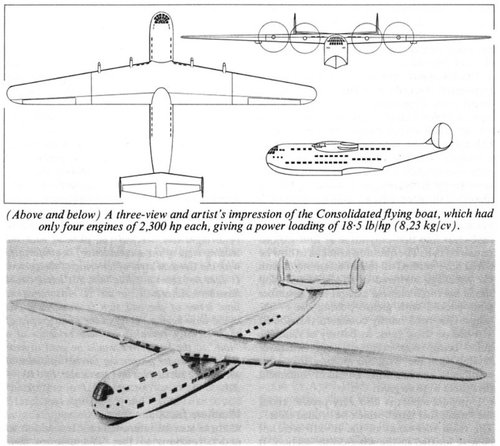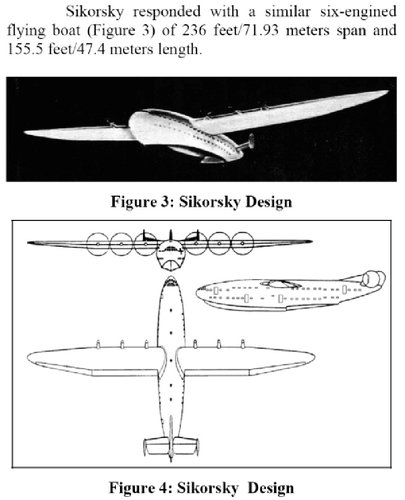On March 14, 1938, the design was presented at PanAm. The design of the aircraft developed by the famous Alexander Cartveli (because the aircraft inside the company Seversky was called "Kartveli Dream Boat") can be safely called the pinnacle of the development of civilian airliners before the Second World War. The machine was the last word, both in style and technology for the 30s and early 40s.
Seversky's Super Clipper was immediately developed as a flying boat, as the development of technology has not yet allowed to make the usual chassis reliable at such a gigantic size of aircraft. It was clear that the conventional design of the aircraft was not quite suitable for this project. PanAm's requirements for accommodation and passenger numbers would force the fuselage to be too large. The usual placement of engines was not suitable for this project, because in many hours of flight they had to be serviced, which means that they had to be accessed. Thus, cartveley's team opted for an unusual configuration that most resembled the future Lockheed P-38 Lightning. On a large wing were placed two gondolas moving into tail beams, and between them was another small drop-shaped gondola, which housed the cockpit. The engines were placed in the bow and on the sides of large gondolas, in the stern part of a small gondola. But the most unusual solution was the floats removed in flight. This decision was due to the desire to have good aerodynamics in flight and the fact that the floats themselves could have done more. They also housed compartments for luggage.
The wingspan was 76 meters, and its thickness reached 3 meters. This allowed a large part of the wing to be used to accommodate crew and passengers, so the aircraft was often referred to as the "flying wing". Also, advanced wing mechanization was used, a system was installed to combat icing. The aircraft housed eight Allison liquid cooling engines, with a capacity of 2,000 horsepower each. Propellers in the nose of large gondolas and in the stern of a small were brought into motion by two engines. The size of the aircraft and the use of large floats increased the stability of the machine in case of excitement.
The two-deck cockpit was housed in a small gondola and was so large that it was time to call it a bridge. The crew of the upper deck of the bridge consisted of two pilots, a radio driver, a navigator and a flight engineer. Interestingly, the radio host's workplace was so large that his chair was installed on the tracks for free movement to the sides. Also on the upper deck there was a toilet and a cabin with two beds. At the lower level of the cockpit were engineers who monitor the operation of the various systems of the aircraft.
The accommodation conditions were truly luxurious and were approaching the standards of ocean liners. The plane had 54 regular double cabins and 6 VIP cabins with a double bed. The cabins were located in the wing between the gondolas and the gondolas themselves, all the cabins were connected by corridors with portholes in the ceiling. The plane was attended by attendants, cleaning cabins every day and changing clothes. Each compartment was equipped with a room with a washstand and a toilet. In the usual cabin beds were arranged in a row vertically, the lower one was laid out in two chairs and a table, the upper one was removed. The VIP cabin had two folding chairs and a table. Each cabin had a porthole, especially a chic view would be opened from the cabins in the wing, where the windows overlooked the front edge. In each compartment was carried a phone, from which for a fee you could make calls. The cabins of the crew and attendants were four-seater and were almost in the tail.
There were also public spaces in the wing. Two canteens for 25 people each, which in the evening turned into restaurants, one with a marine, and the second with a regular kitchen. The dining rooms had viewing galleries. Served dining two galleys at the back of a small gondola. Behind the cockpit was a 24-hour bar with access to the observation gallery, which is right under the cockpit. Possible was ordering food directly into the cabins.
Other versions of the aircraft were also being developed. This was investigated to improve aerodynamics to reduce the small central gondola by increasing the width of the wing and lengthening it. An option for the U.S. Army and Navy, called Super-Dreadnought, was also developed. Instead of passengers and luxury cabins there were bombs for 5 tons of bombs and defensive weapons. The range of the aircraft would allow this bomber to strike Europe directly from the United States, anticipating this B-36. Also developed options anti-submarine and patrol equipment aircraft, as well as cargo version, both for commercial and military needs.
The price of the aircraft ranged from $7 million to $5 million, depending on the size of the order, and the first Super Clipper Seversky was ready to deliver by early 1940. At the end of 1938, PanAm management announced their preference for the Seversky project, but the order never came. It is not clear whether it was just a loud advertising company or the order prevented the start of The MV. But the project Super Clipper Seversky left its mark on history, appearing in dozens of publications of non-fiction magazines (where it was nicknamed "Flying Hotel") and formed this view of the future of civil passenger aviation.

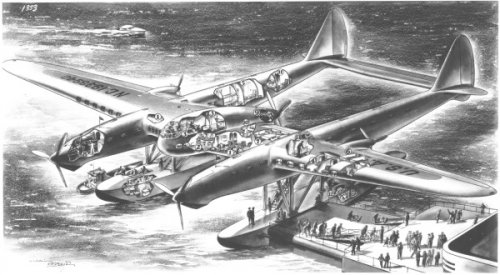


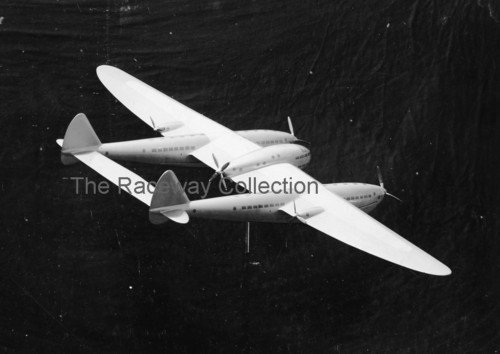
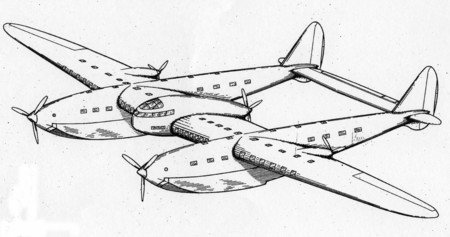
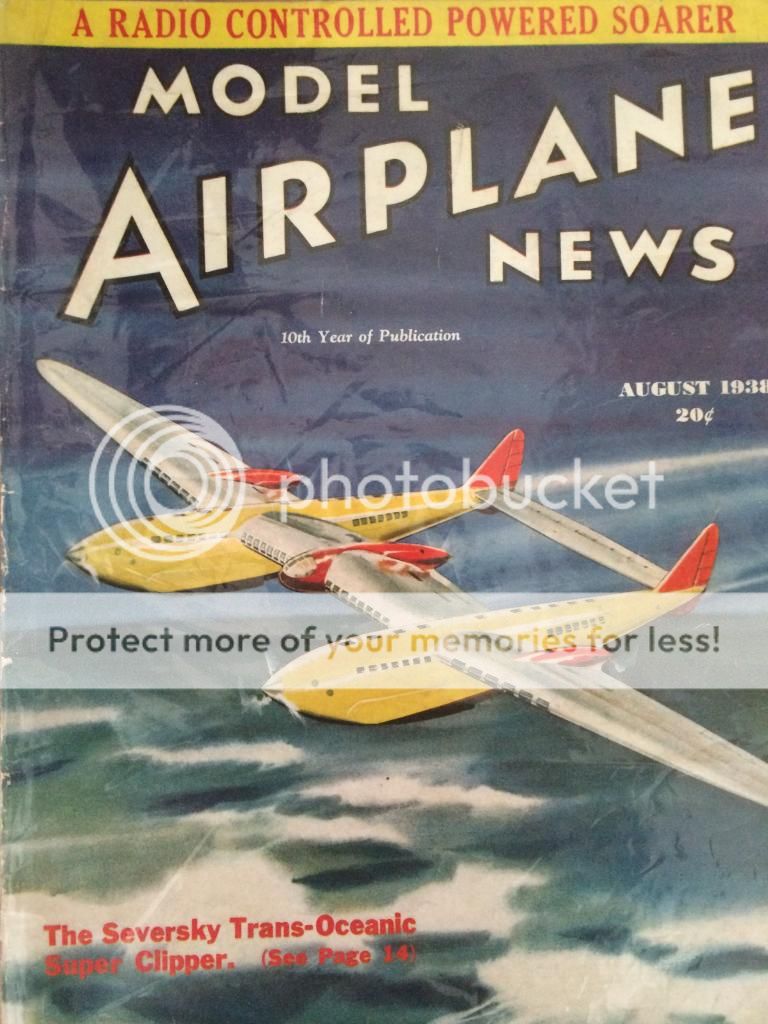
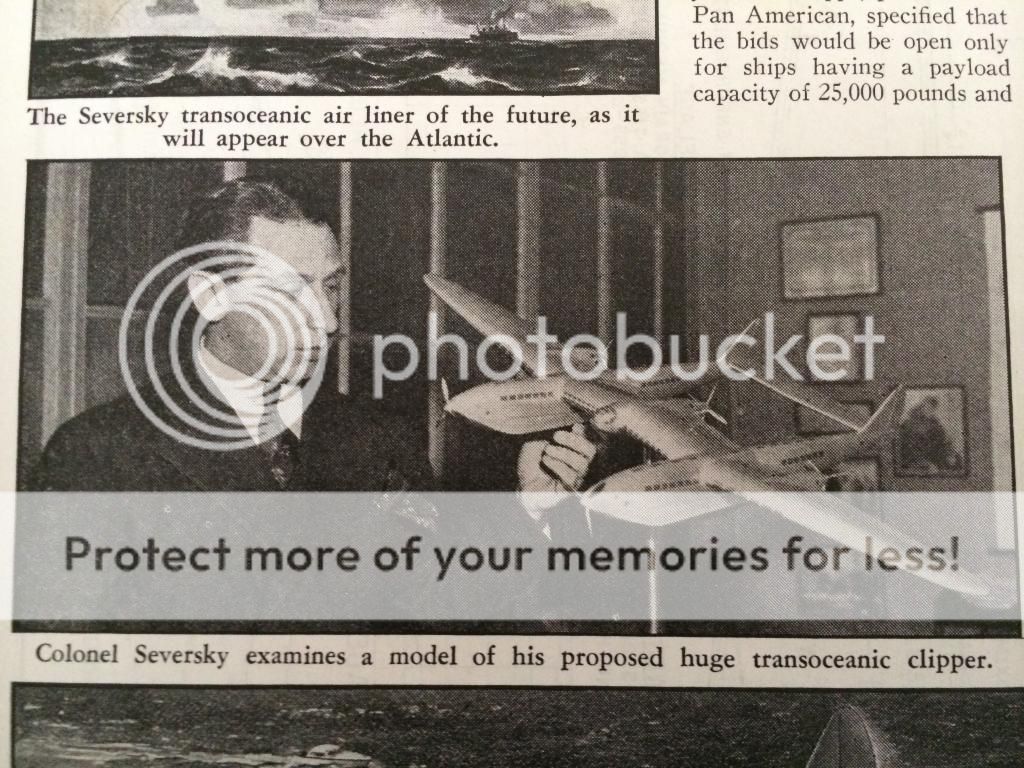
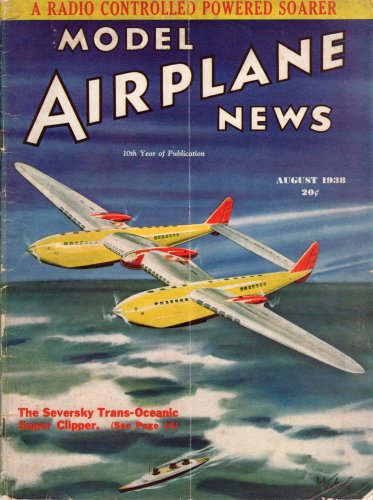
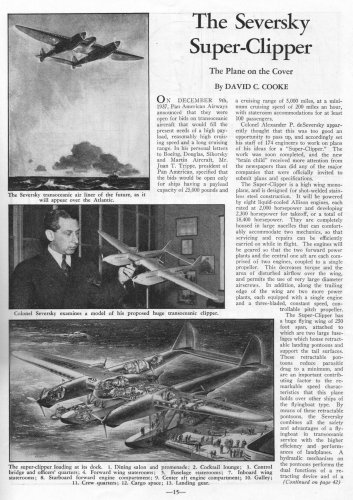
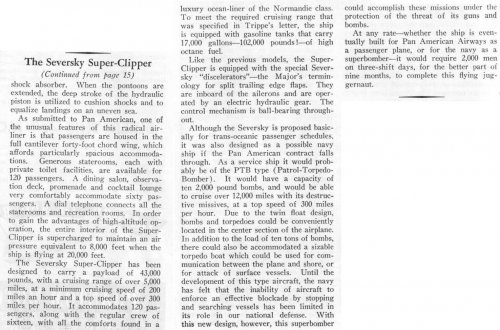
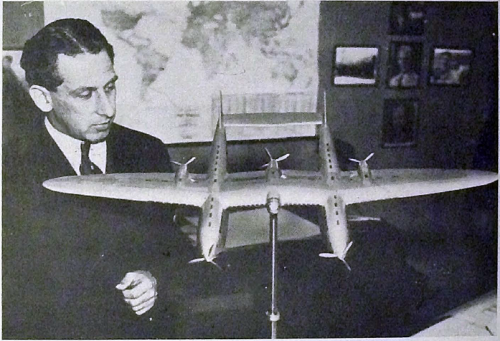
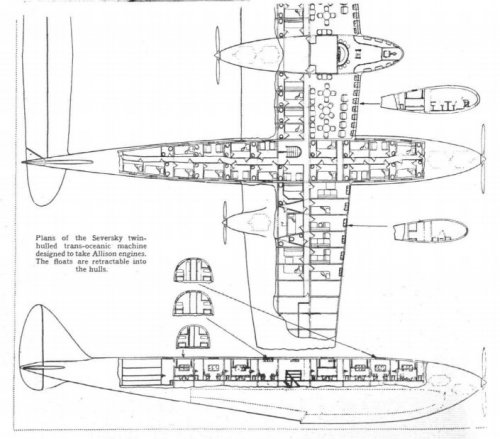
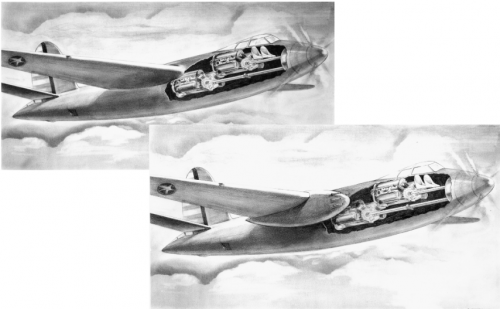
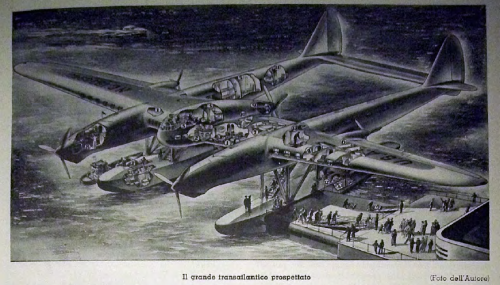

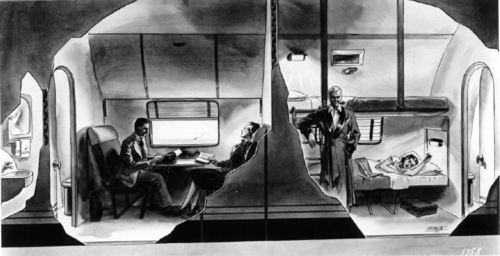
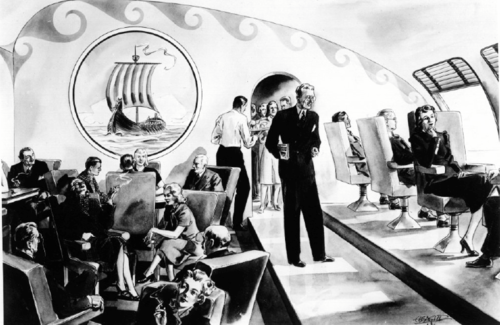

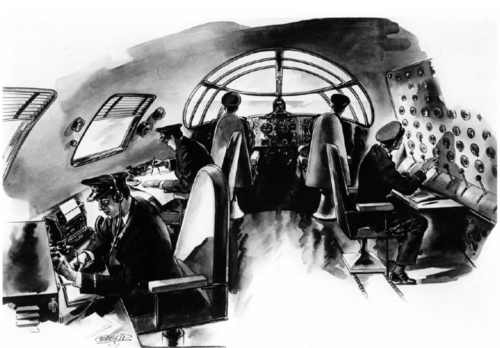
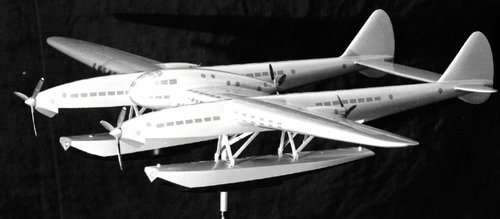

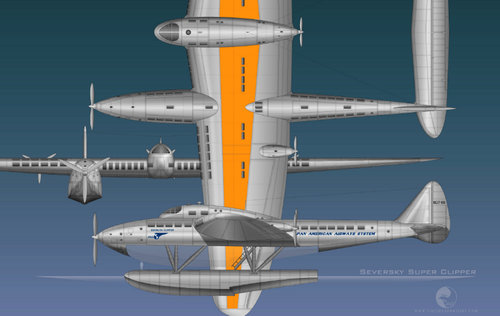
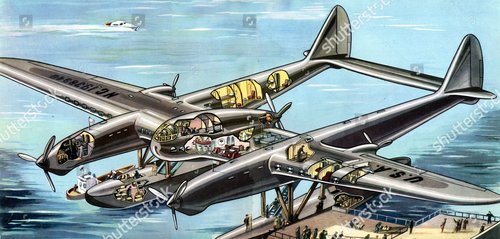
![Seversky_Super_Clipper_(16334884121)[1].jpg Seversky_Super_Clipper_(16334884121)[1].jpg](https://www.secretprojects.co.uk/data/attachments/159/159355-19c4ac46485e6bcc424c6f75b380f8cf.jpg)
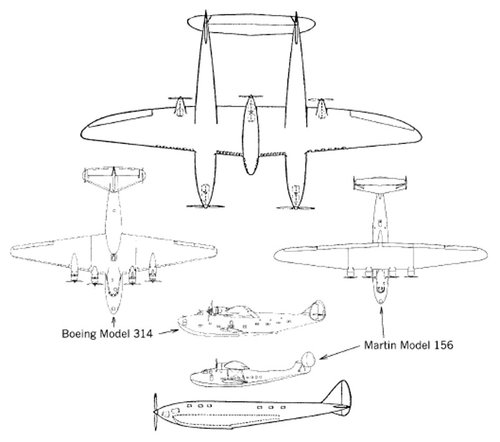
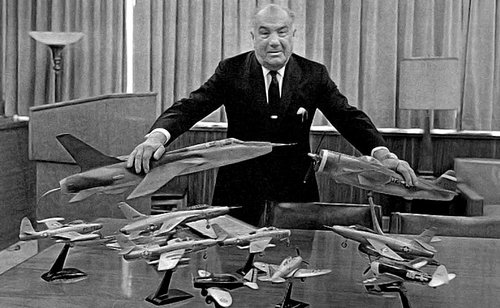
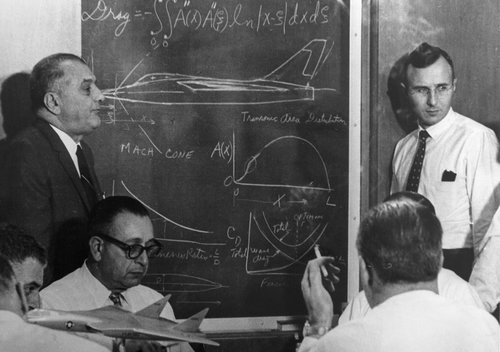
![2Ng79QD[2].jpg 2Ng79QD[2].jpg](https://www.secretprojects.co.uk/data/attachments/159/159359-8c80fff1a3b2021e0873de1182950e00.jpg)
